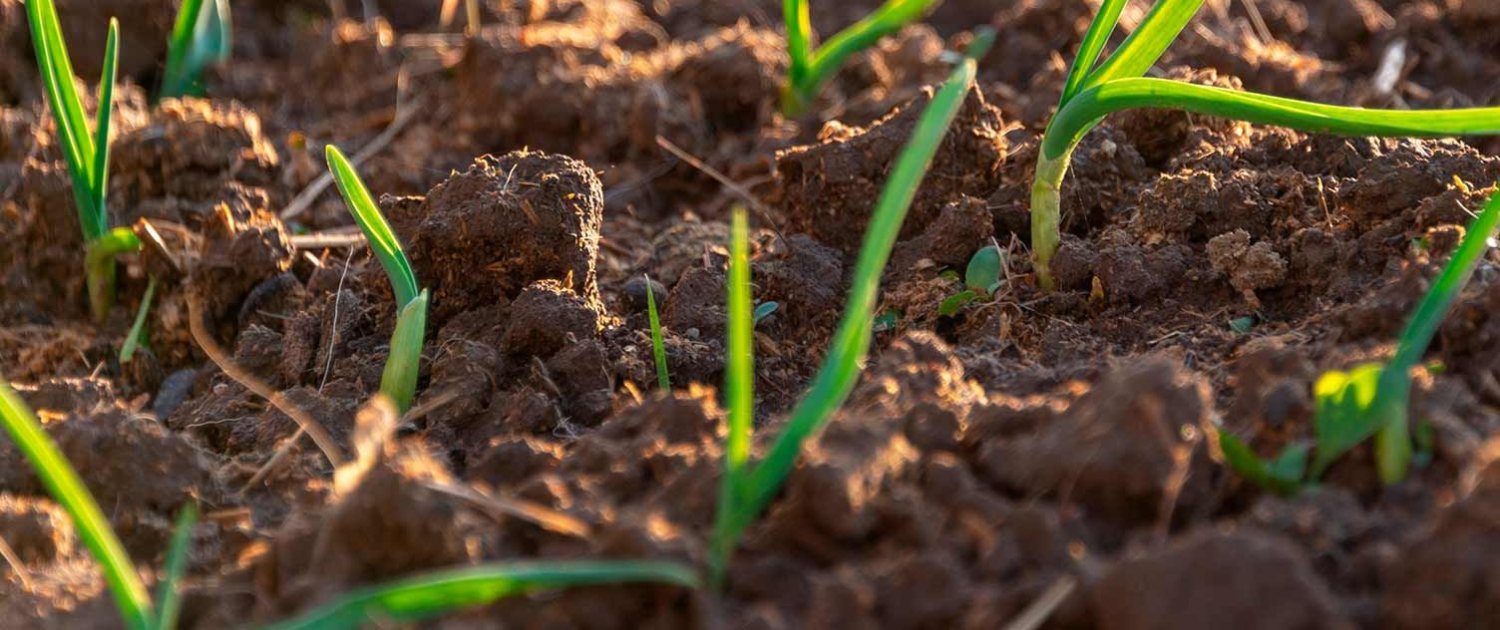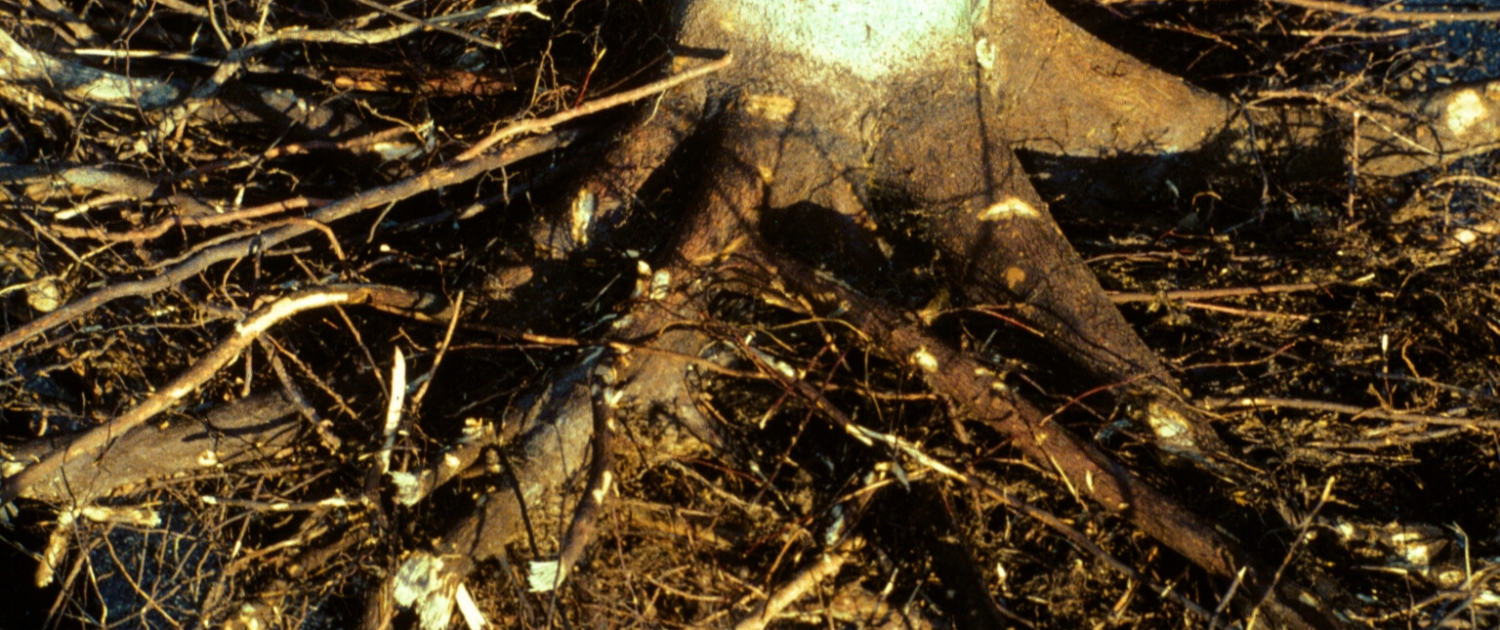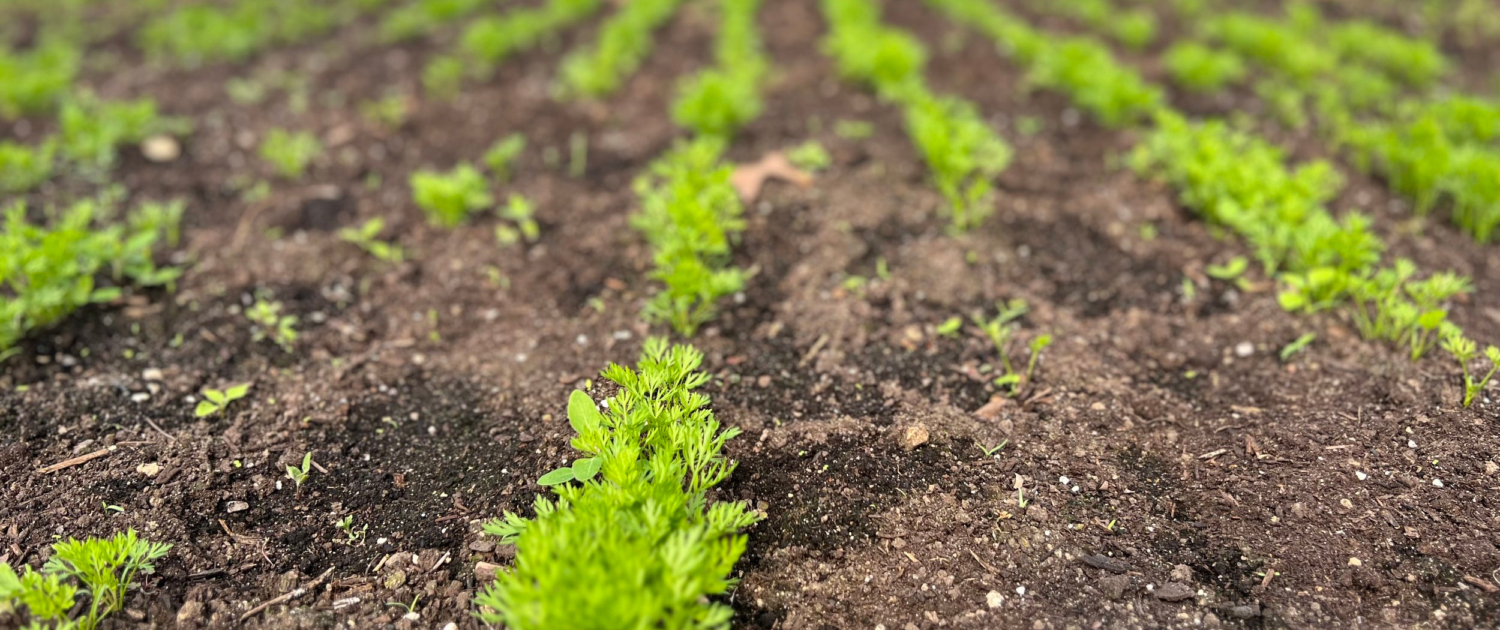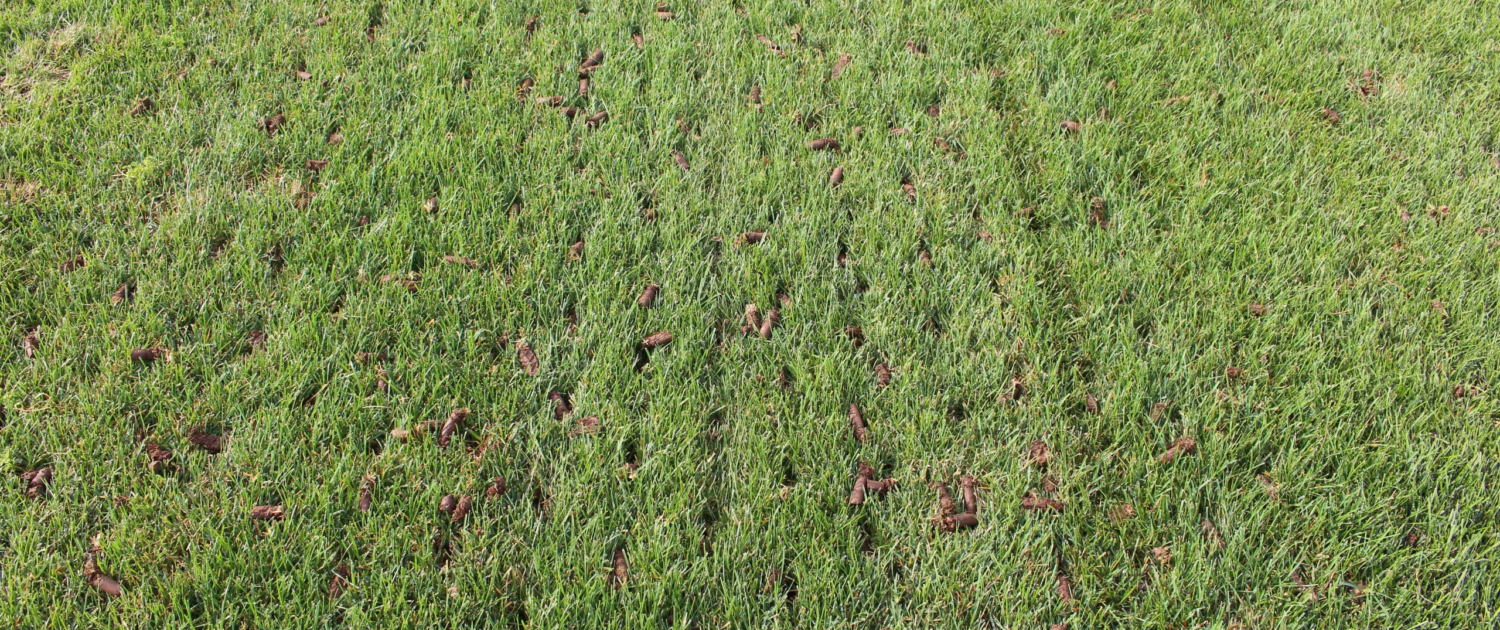
As the winter frost recedes and spring brings forth vibrant colors in British Columbia, gardening enthusiasts throughout the Lower Mainland, Vancouver Island, and the Okanagan eagerly ready their landscapes for the approaching growing season. One crucial practice that holds prominence during this transitional period is aeration. Aeration stands out as a pivotal maintenance task that fosters the health and vitality of lawns, gardens, and landscapes. This article delves into the significance of aeration in spring and its particular relevance to the diverse regions of the Lower Mainland, Vancouver Island, and the Okanagan in British Columbia.
As gardeners and landscapers prepare for the spring gardening season in the Lower Mainland, Vancouver Island, and the Okanagan, recognizing the importance of aeration becomes crucial. Incorporating this practice ensures that the distinct soil conditions in each region are optimized for robust plant growth, vibrant landscapes, and abundant harvests. So, seize your aerator, rejuvenate your soil, and witness your garden thrive amidst the diverse climates of beautiful British Columbia.

Improved Oxygen Circulation
Improved Oxygen Circulation
Aeration plays a crucial role in facilitating the exchange of gases between the soil and the atmosphere. This ensures that plant roots receive a sufficient supply of oxygen, which is essential for the metabolic processes of the roots and, consequently, the overall health of the plants.

Enhanced Water Absorption
Enhanced Water Absorption
Compacted soil can hinder water penetration, resulting in poor drainage and increased runoff. Aeration aids in the efficient delivery of water to the root zone, preventing waterlogged conditions and fostering the health of plants that are more resilient to drought.

Nutrient Uptake
Nutrient Uptake
Through breaking up compacted soil, aeration improves the accessibility of crucial nutrients to plant roots. This can lead to enhanced nutrient uptake, resulting in improved plant growth, color, and resilience.

Regional Considerations
Regional Considerations
The Lower Mainland showcases a diverse climate, with coastal areas experiencing milder temperatures and increased rainfall compared to inland regions. Aeration proves particularly beneficial in regions with heavy clay soils prone to compaction, creating optimal growing conditions for popular ornamental plants like rhododendrons and azaleas. Similarly, Vancouver Island, with its maritime climate featuring mild winters and moderate rainfall, requires aeration to manage its predominantly acidic soils. This practice fosters enhanced nutrient absorption for plants such as lavender, camellias, and the iconic rhododendrons that thrive on the island.
Meanwhile, the Okanagan, renowned for its semi-arid climate and warm temperatures, faces soil compaction challenges due to irrigation practices and occasional dry spells. Hence, spring aeration is crucial in the Okanagan to stimulate deep root growth in fruit trees, grapevines, and other crops, ensuring sustained access to water and nutrients throughout the growing season.


